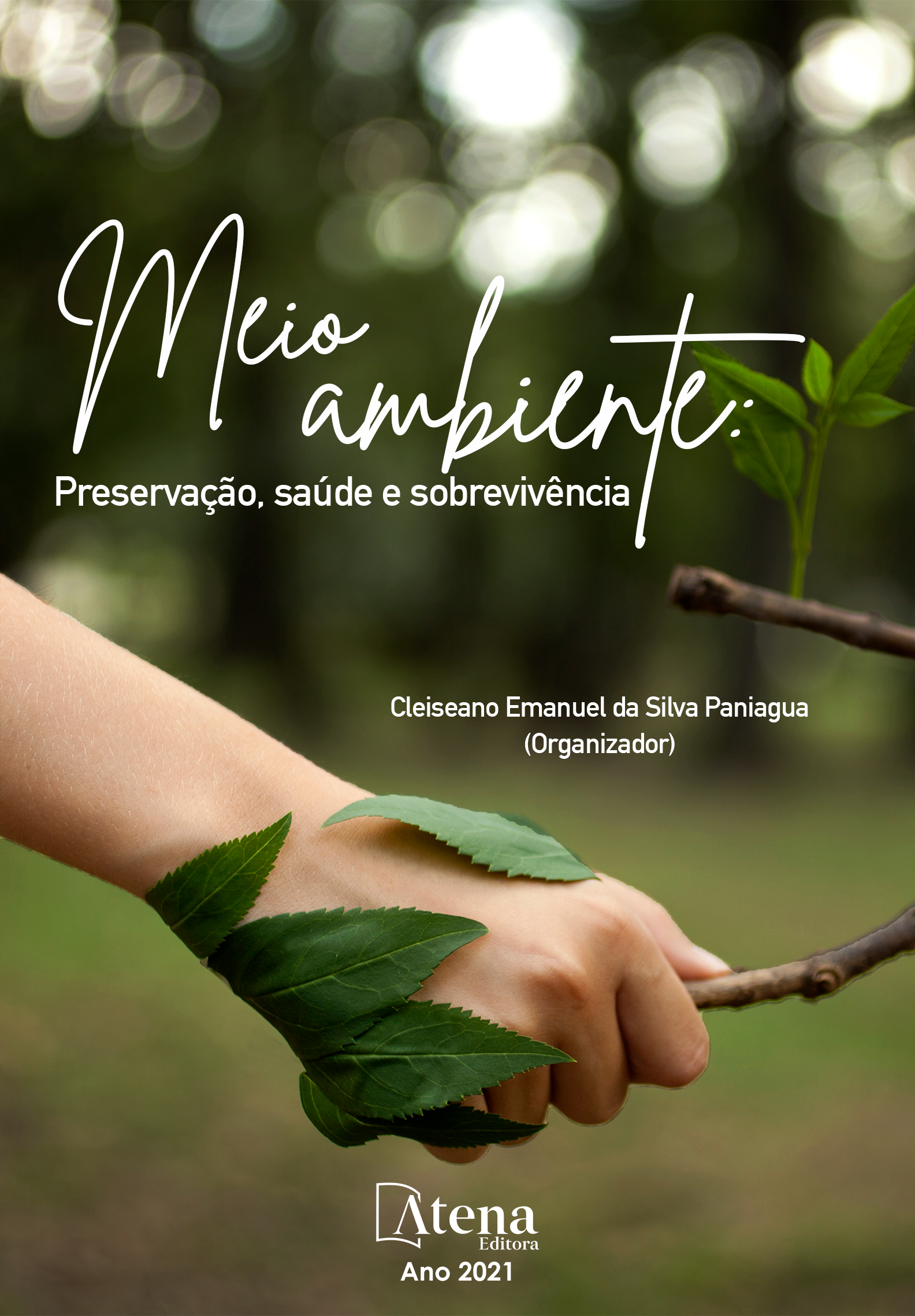
MÉTODOS UTILIZADOS PARA COLETA DE SERAPILHEIRA NO PARÁ: 40 ANOS DE PESQUISA CIENTÍFICA
A importância de estudos sobre serapilheira, para o estado do Pará, dá-se, pois, a decomposição desse material é a principal via de entrada de nutrientes no solo, além de contribuir para a diminuição dos processos erosivos e melhoria das condições biológica, física e química do solo. Entretanto, para a comparação entre ecossistemas, é necessário haver padronização na metodologia utilizada nos estudos. Por isso, realizamos uma avaliação quali-quantitativa da produção científica sobre serapilheira publicada nos últimos 40 anos no estado do Pará, a fim de responder a seguinte questão: quais os padrões para coleta de serapilheira no estado do Pará? Com a hipótese de que se há inúmeras possibilidades para escolher formato e área do coletor, então não há uma padronização dos métodos de coleta. Portanto, o objetivo deste trabalho é identificar e definir padrões de amostragem de serapilheira. Observamos que a coleta do fluxo de serapilheira é a mais usual, e que a utilização de coletores quadrados é mais utilizada tanto no fluxo quanto no estoque. A área dos coletores é de 1m² e 0,25m² para fluxo e estoque, respectivamente. Para fluxo, o tempo de experimento geralmente varia de 1 a 2 anos com coletas mensais. Enquanto no estoque, frequentemente apenas uma coleta é realizada em todo o experimento. No procedimento laboratorial, a serapilheira é triada, geralmente, em apenas uma fração. Sendo assim, constatamos que a escolha do método de coleta depende principalmente do objetivo do trabalho, disponibilidade de tempo e recurso econômico para a pesquisa.
MÉTODOS UTILIZADOS PARA COLETA DE SERAPILHEIRA NO PARÁ: 40 ANOS DE PESQUISA CIENTÍFICA
-
DOI: https://doi.org/10.22533/at.ed.38221300719
-
Palavras-chave: Bilbiometria, Metanálise, Amazônia
-
Keywords: Bilbiometry, Meta-analysis, Amazon.
-
Abstract:
The importance of studies on litter, for the state of Pará, is given, therefore, the decomposition of this material is the main route of entry of nutrients in the soil, in addition to contributing to the reduction of erosive processes and improvement of biological, physical conditions and soil chemistry. However, for the comparison between ecosystems, it is necessary to have standardization in the methodology used in the studies. For this reason, we carried out a qualitative and quantitative assessment of the scientific production on litter published in the last 40 years in the state of Pará, in order to answer the following question: what are the standards for collection of litter in the state of Pará? With the hypothesis that if there are countless possibilities to choose the format and area of the collector, then there is no standardization of the collection methods. Therefore, the objective of this work is to identify and define litter sampling patterns. We observed that the collection of the litter flow is the most usual, and that the use of square collectors is more used both in the flow and in the stock. The area of the collectors is 1m² and 0.25m² for flow and stock, respectively. For flow, the experiment time usually varies from 1 to 2 years with monthly collections. While in stock, often only one collection is carried out throughout the experiment. In the laboratory procedure, the litter is screened, usually, in only a fraction. Therefore, we found that the choice of the collection method depends mainly on the objective of the work, availability of time and economic resource for the research.
-
Número de páginas: 11
- Walmer Bruno Rocha Martins
- Myriam Suelen da Silva Wanzerley
- Tirza Teixeira Brito
- Helio Brito dos Santos Junior
- Felipe Cardoso de Menezes
- Francisco de Assis Oliveira
- Julia Isabella de Matos Rodrigues


